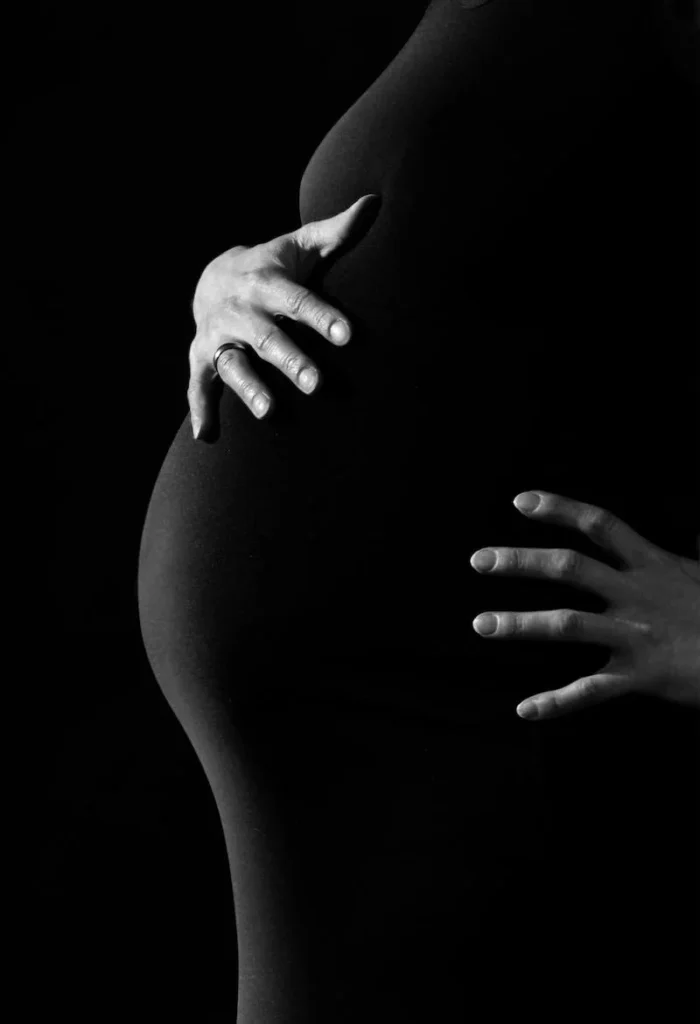PainRelief.com Interview with
Prof. Rachel Kearns
Consultant Anaesthetist, Glasgow Royal Infirmary
Honorary Professor, University of Glasgow
Senior NRS Fellow
PainRelief.com: What is the background for this study? What are the main findings?
Response: This was an observational study which looked at health data from over half a million mothers giving birth in Scotland. We compared women who had received an epidural in labour with those who had not and found that women who had an epidural had a lower risk of severe maternal morbidity (severe health complications during childbirth or the 6 weeks following birth).
We found that women with a higher underlying risk for having complications, for example women delivering a baby pre-term or women with pre-existing health conditions, had an even greater reduction in risk.
Continue reading








